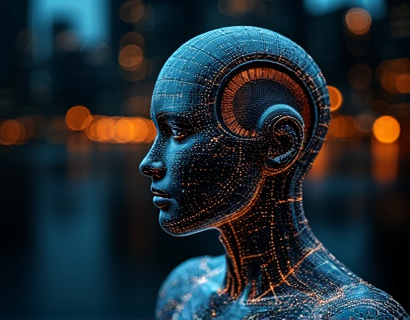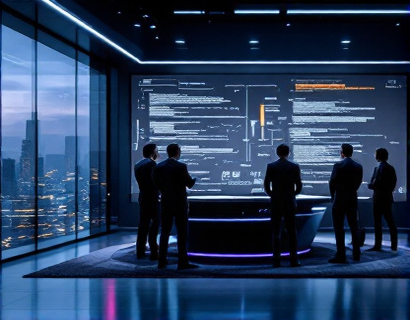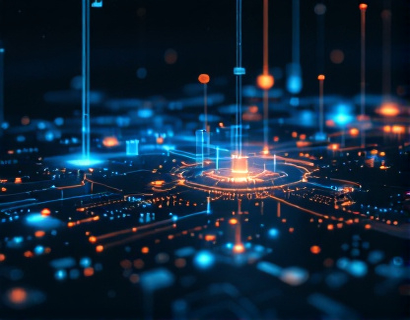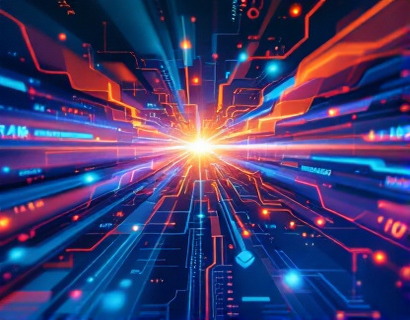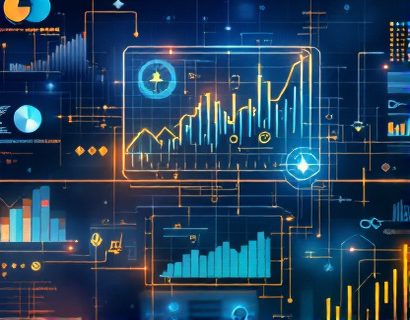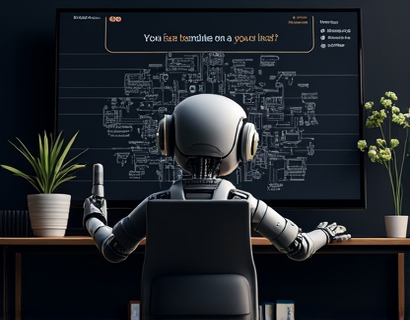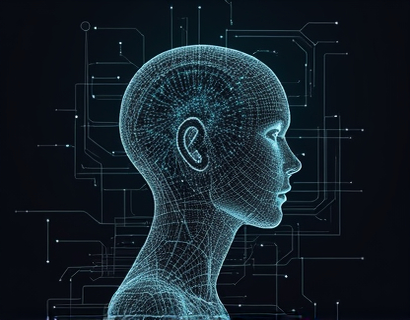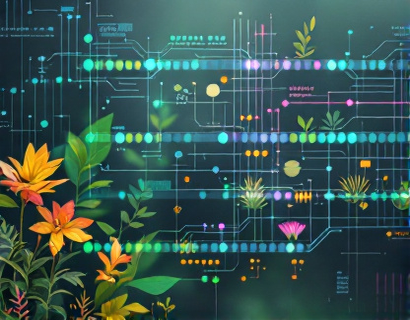AI-Powered Translation Technology: Elevating Global Communication for Businesses and Individuals
In an increasingly globalized world, the ability to communicate effectively across languages is more crucial than ever. AI-powered translation technology has emerged as a transformative force, breaking down language barriers and enhancing business interactions. This advanced technology leverages the power of artificial intelligence to provide precise and rapid translations, ensuring seamless multilingual connections across diverse industries. The future of global communication is being redefined by these cutting-edge tools, offering unparalleled accuracy and efficiency.
The core of AI-powered translation technology lies in its ability to understand and translate complex linguistic structures with high accuracy. Traditional translation methods often struggle with context, idioms, and nuances, leading to inaccuracies and miscommunications. AI, however, can process vast amounts of data and learn from extensive linguistic patterns, enabling it to produce translations that are not only linguistically correct but also contextually appropriate. This level of precision is particularly vital in business environments where misunderstandings can lead to significant consequences.
One of the most significant advantages of AI-powered translation tools is their speed. Unlike human translators who require time to process and translate text, AI can provide near-instantaneous translations. This rapid turnaround is invaluable in fast-paced business scenarios where timely communication can make or break deals. For instance, a business negotiating a contract in real-time can rely on AI translations to ensure that all parties are on the same page, without the delays associated with human translation services.
Accuracy is another critical factor where AI excels. Advanced algorithms and machine learning models continuously improve the quality of translations. These systems are trained on massive datasets, allowing them to recognize and correctly translate even the most complex and nuanced expressions. This is particularly beneficial in industries such as healthcare, law, and finance, where precision is paramount. For example, a medical document translated by AI can ensure that critical information is conveyed accurately, reducing the risk of misdiagnosis or legal issues.
The versatility of AI-powered translation tools makes them applicable across a wide range of industries. In the realm of international trade, businesses can use these tools to translate product descriptions, marketing materials, and customer support communications, thereby expanding their market reach. For travel and tourism, AI translations can assist in creating localized content for websites, brochures, and signage, enhancing the experience for international visitors. In education, students and educators can benefit from real-time translation during language learning and international collaborations.
Moreover, AI-powered translation technology is not limited to text. With the integration of speech recognition and synthesis, these tools can handle voice translations as well. This capability is transformative for industries like telecommunications and customer service, where voice-based interactions are common. For instance, a customer calling a multinational company can have their call automatically translated in real-time, providing a seamless and inclusive service experience.
The impact of AI on global communication extends beyond just translation accuracy and speed. It also fosters cultural understanding and collaboration. By breaking down language barriers, businesses and individuals can engage more authentically with diverse audiences. This cultural exchange can lead to innovative solutions, new market opportunities, and stronger international relationships. In a world where global cooperation is essential, AI-powered translation tools play a pivotal role in bridging gaps and fostering mutual understanding.
Another advantage of AI-powered translation is its accessibility. Traditional translation services often come with high costs and long wait times, making them less accessible to small businesses and individuals. AI-driven solutions, on the other hand, are typically more affordable and available on-demand. This democratization of translation technology empowers a broader range of users to communicate globally without the financial burden or logistical challenges associated with human translators.
Furthermore, AI-powered translation tools are continuously evolving. Machine learning algorithms improve over time, learning from new data and user feedback. This means that the quality of translations will only get better, addressing some of the initial criticisms of AI translations being robotic or lacking human touch. While AI may not fully replicate the nuances of human translation, the advancements in natural language processing and context understanding are narrowing this gap significantly.
The integration of AI in translation also opens up new possibilities for real-time communication. For example, during international conferences or meetings, participants can use AI-powered translation devices or apps to follow the discussion in their native language. This real-time translation capability ensures that everyone can contribute and understand the conversation, enhancing collaboration and productivity.
In the context of digital marketing, AI-powered translation tools can help businesses tailor their content to specific regions and languages. By automatically translating website content, social media posts, and advertising materials, companies can reach a global audience more effectively. This localized content not only resonates better with local audiences but also improves search engine rankings in different regions, as search engines favor content that is relevant and accessible in multiple languages.
For individuals, AI-powered translation tools are becoming increasingly user-friendly. Many apps and online services offer intuitive interfaces that require minimal setup and can handle a variety of languages. Users can simply input text or speak into the app, and receive accurate translations instantly. This ease of use encourages more people to engage in multilingual communication, breaking down barriers and fostering a more interconnected world.
The future of AI-powered translation technology holds even more promise. As AI continues to advance, we can expect even more sophisticated features such as emotional intelligence in translations, better handling of dialects and regional variations, and integration with other smart technologies like augmented reality. These advancements will further enhance the user experience and expand the applications of AI translation tools.
In conclusion, AI-powered translation technology is revolutionizing global communication. Its precision, speed, and accessibility make it an indispensable tool for businesses and individuals looking to connect across languages and cultures. As this technology continues to evolve, it will play an increasingly vital role in fostering international collaboration, expanding market reach, and promoting cultural understanding. Embracing AI-powered translation is not just a strategic advantage but a necessity in today's globalized world.




